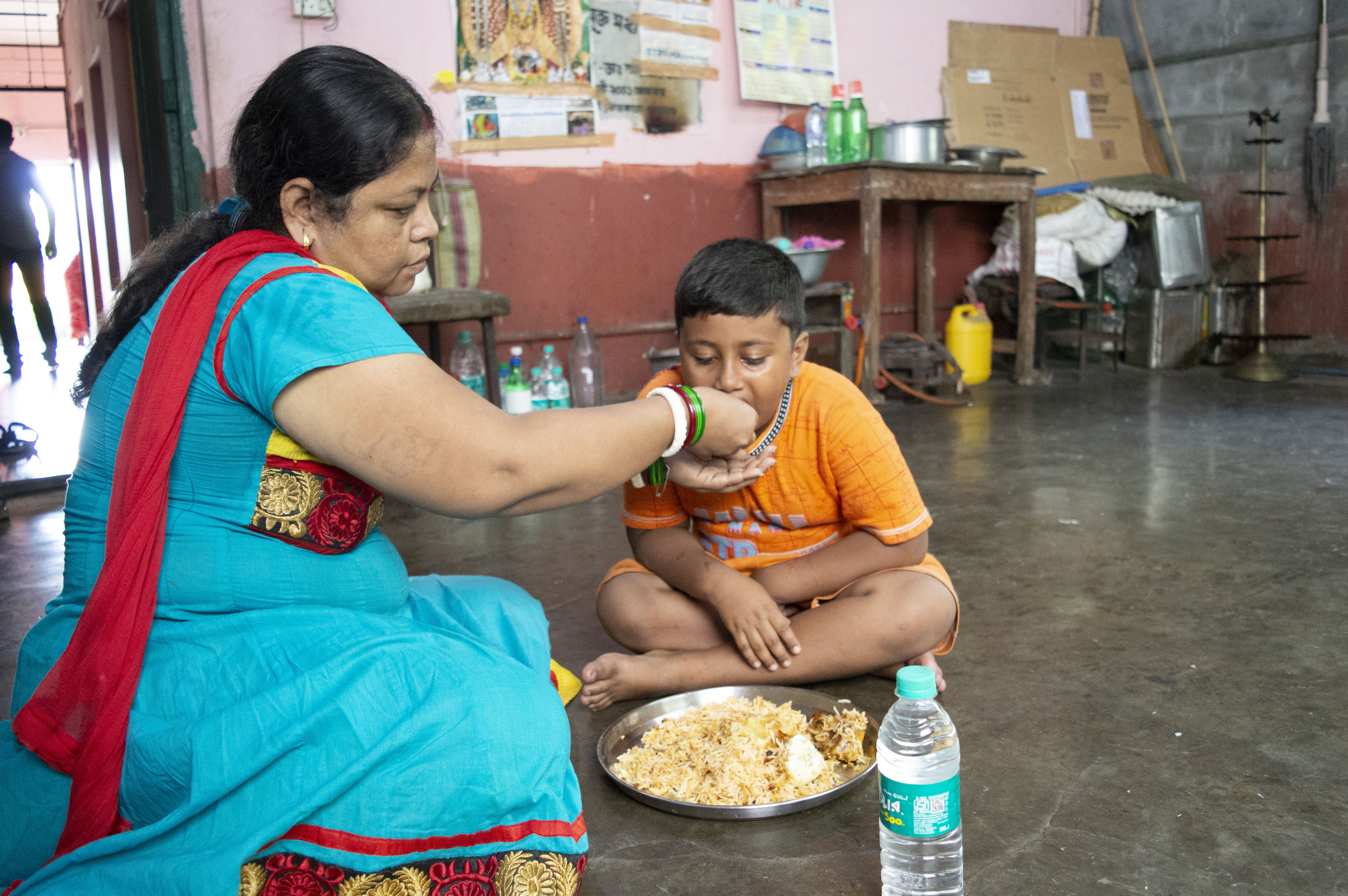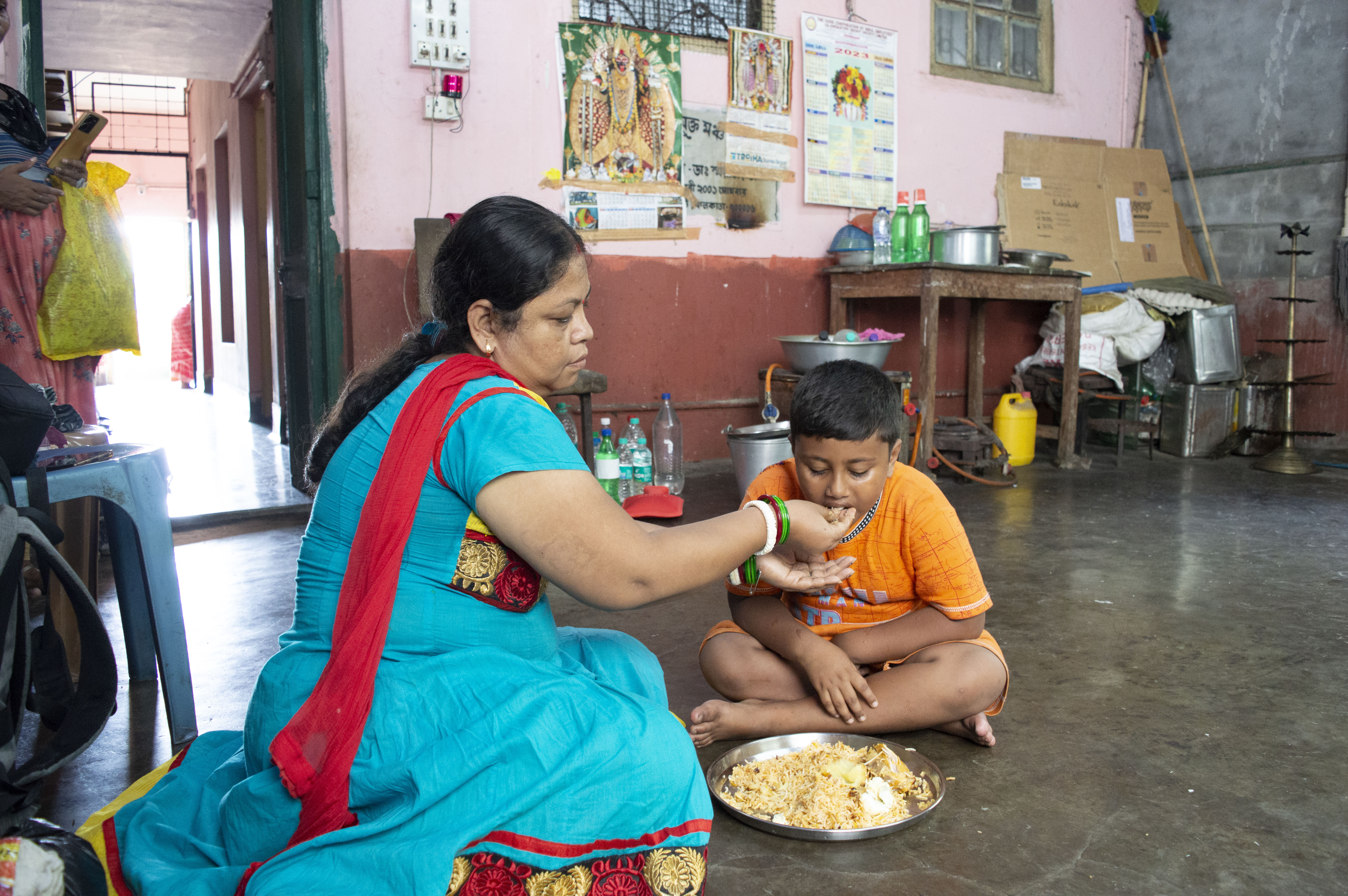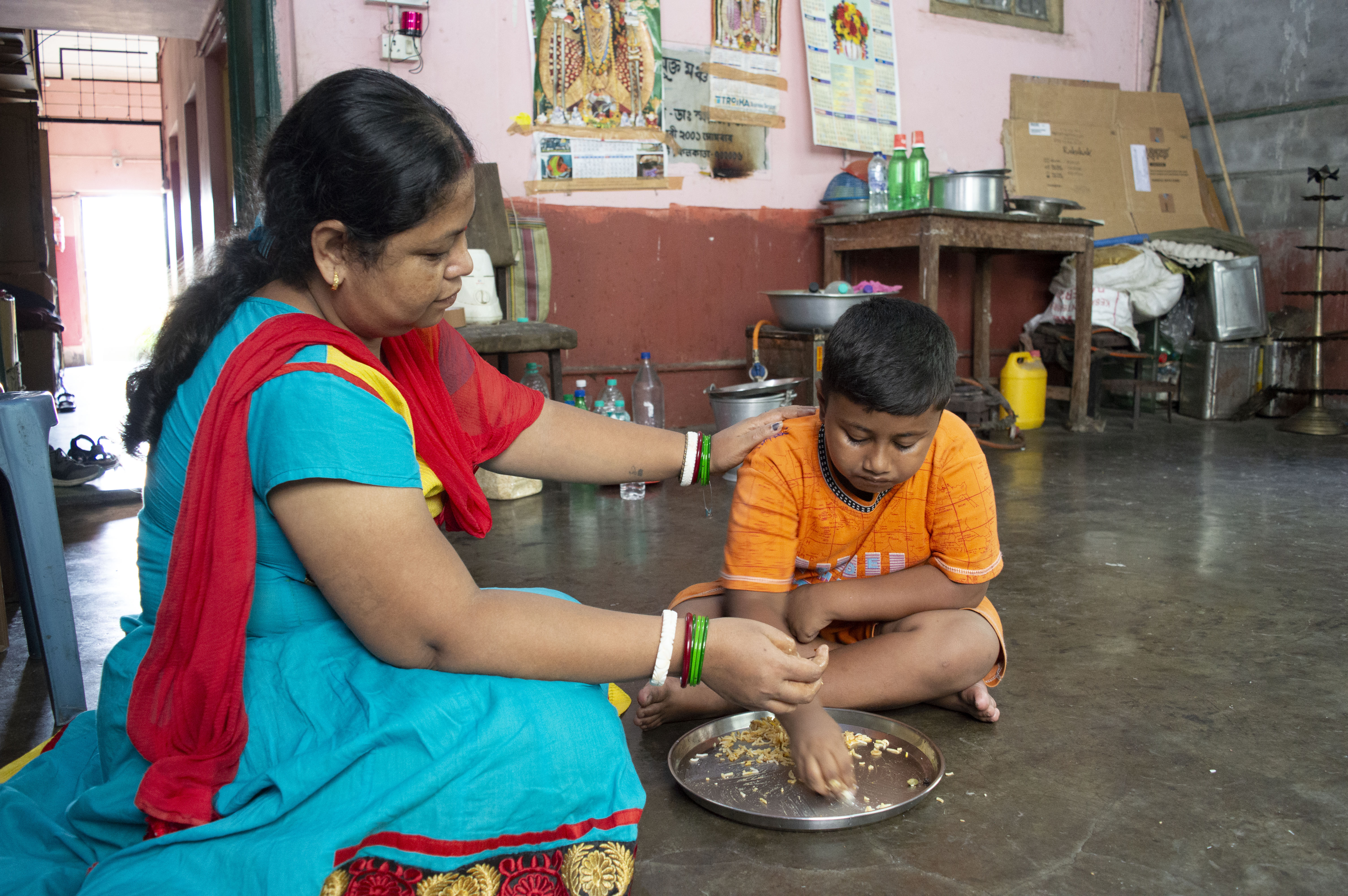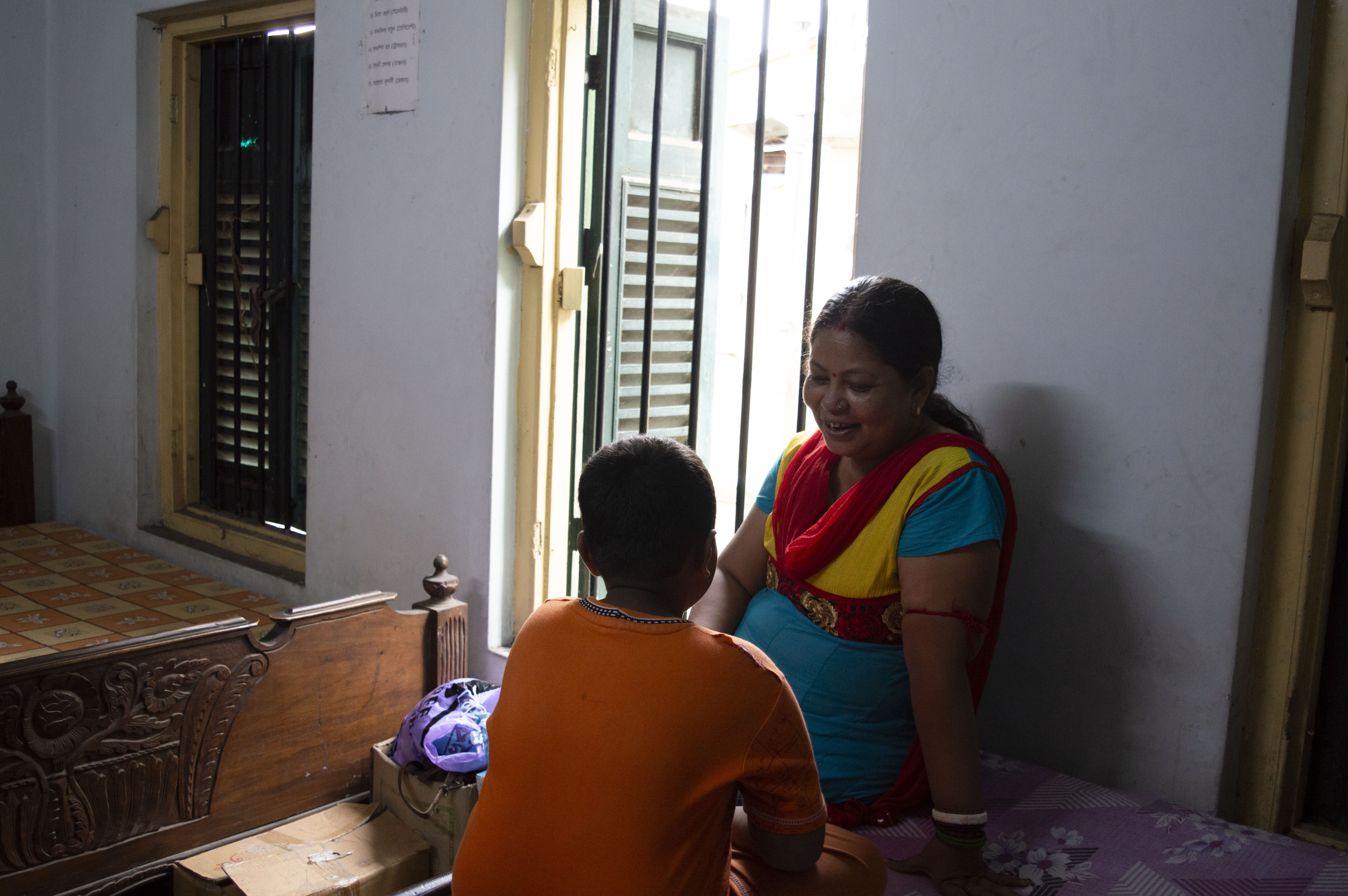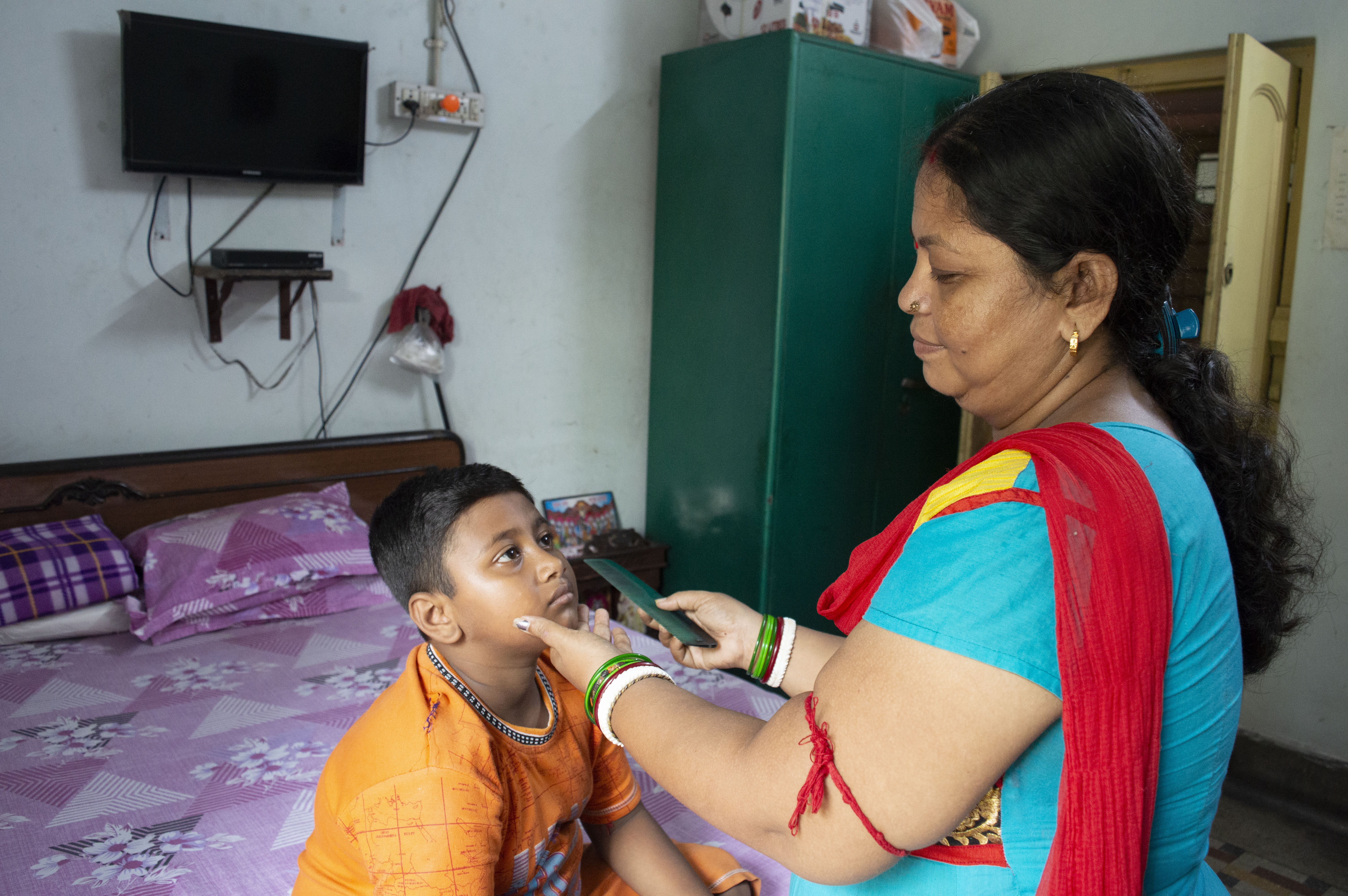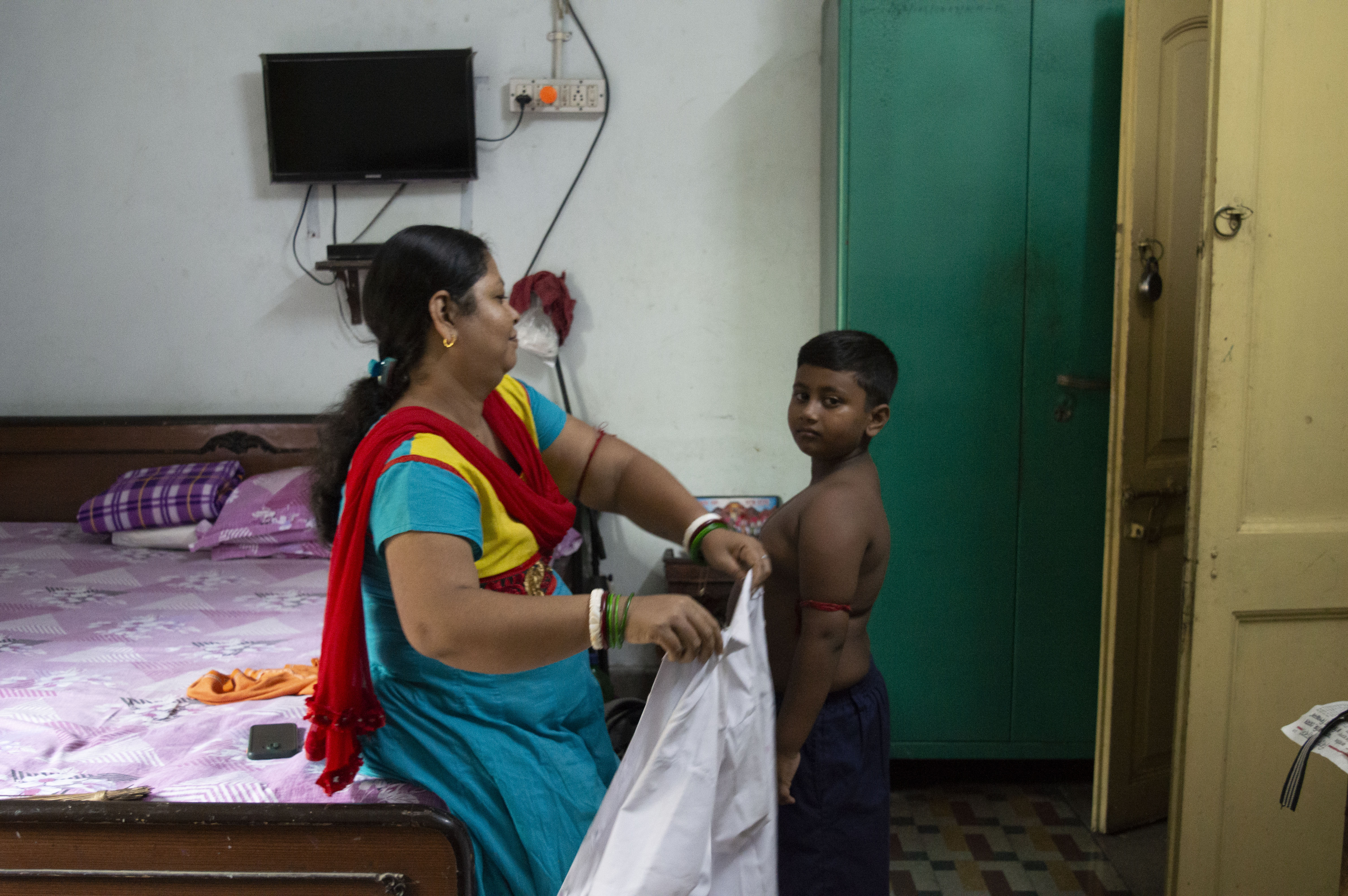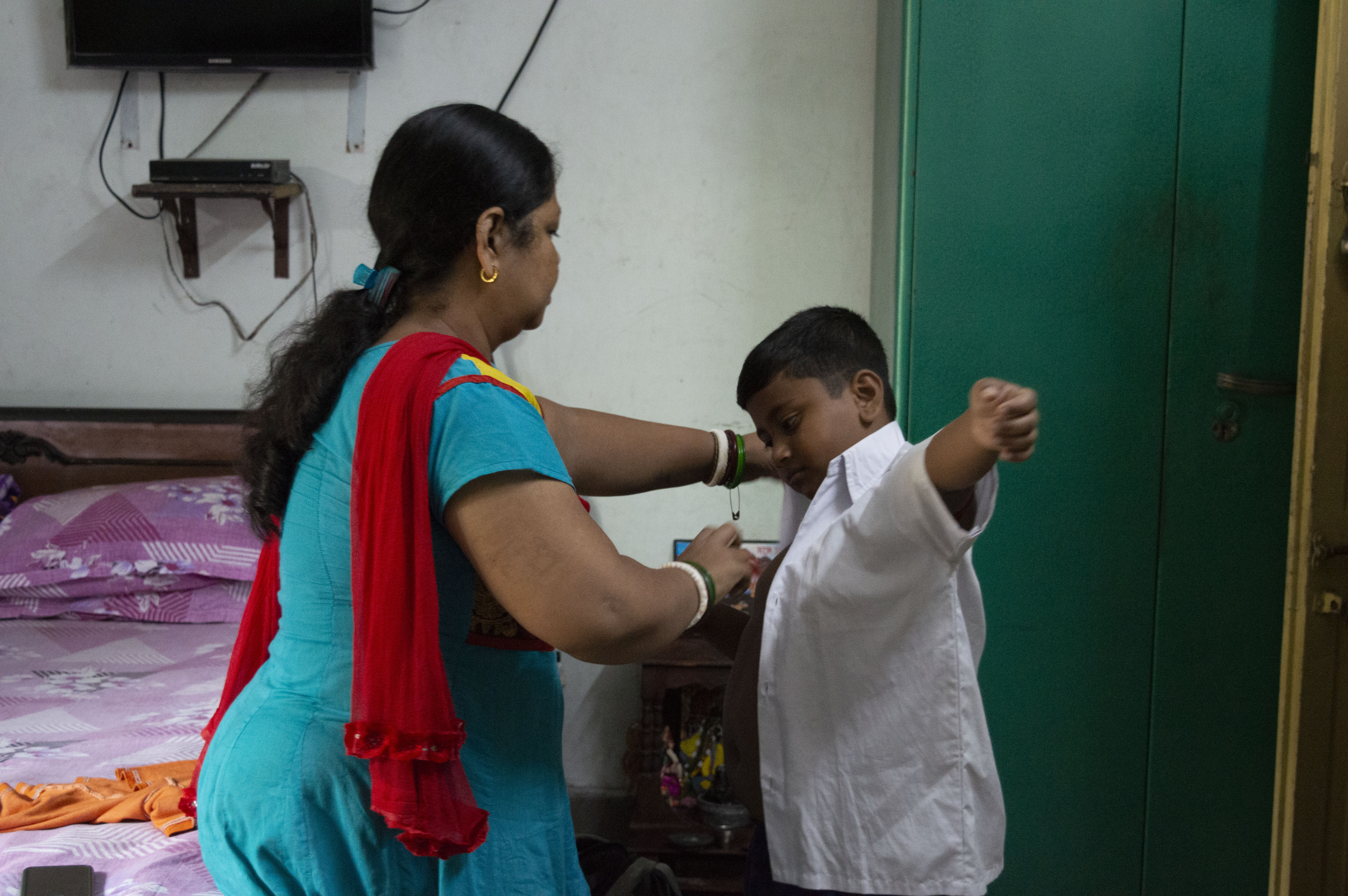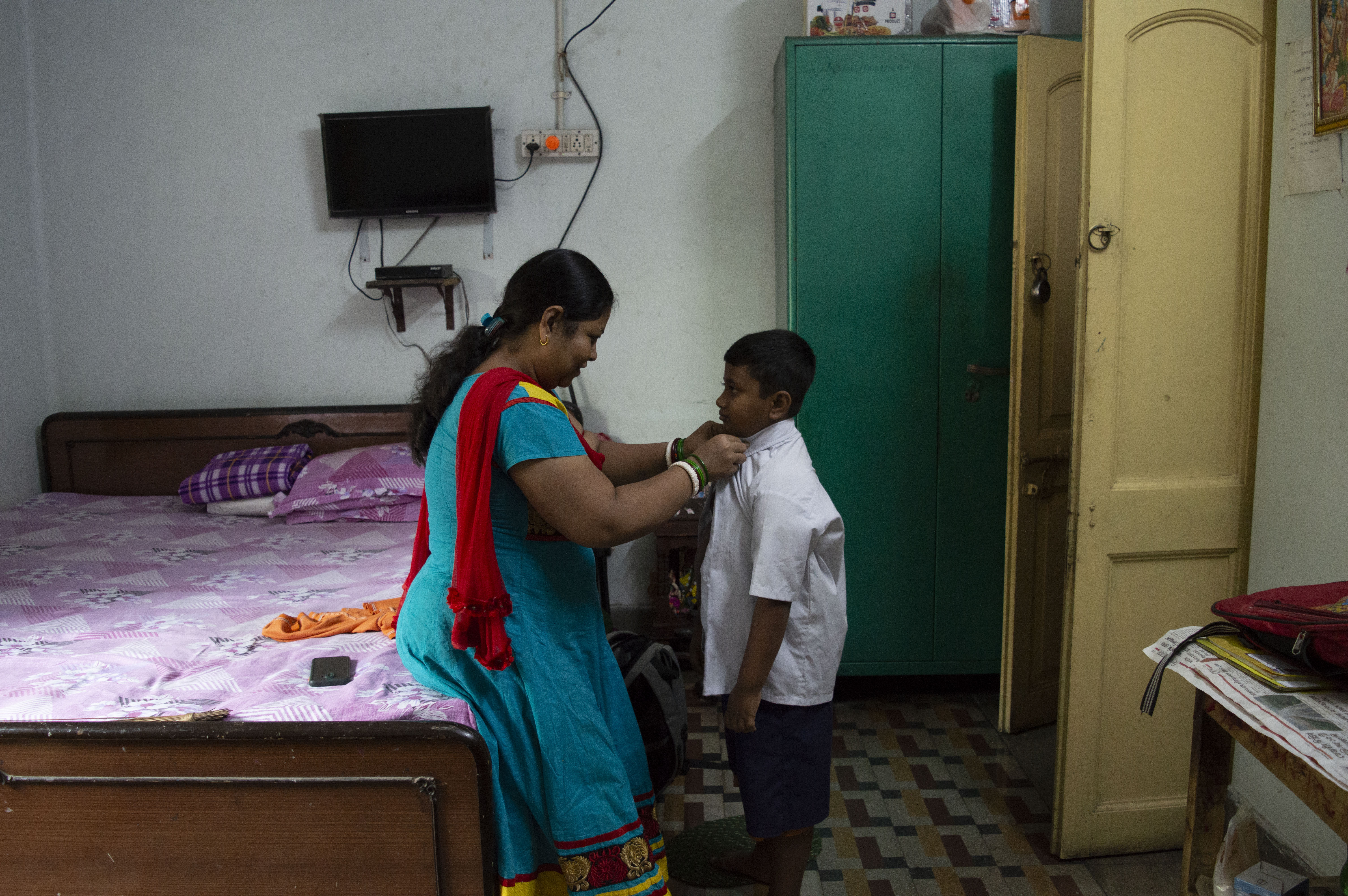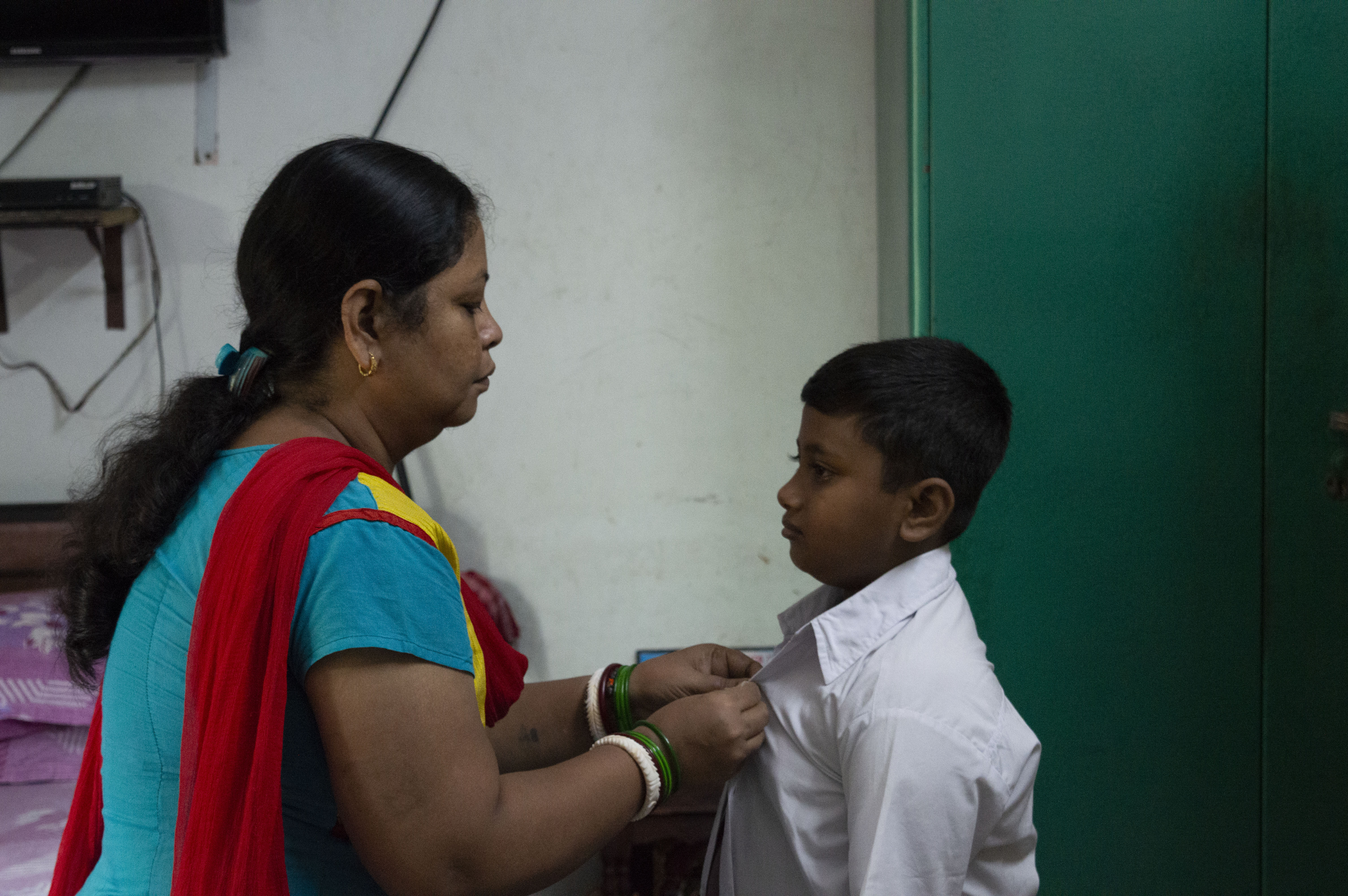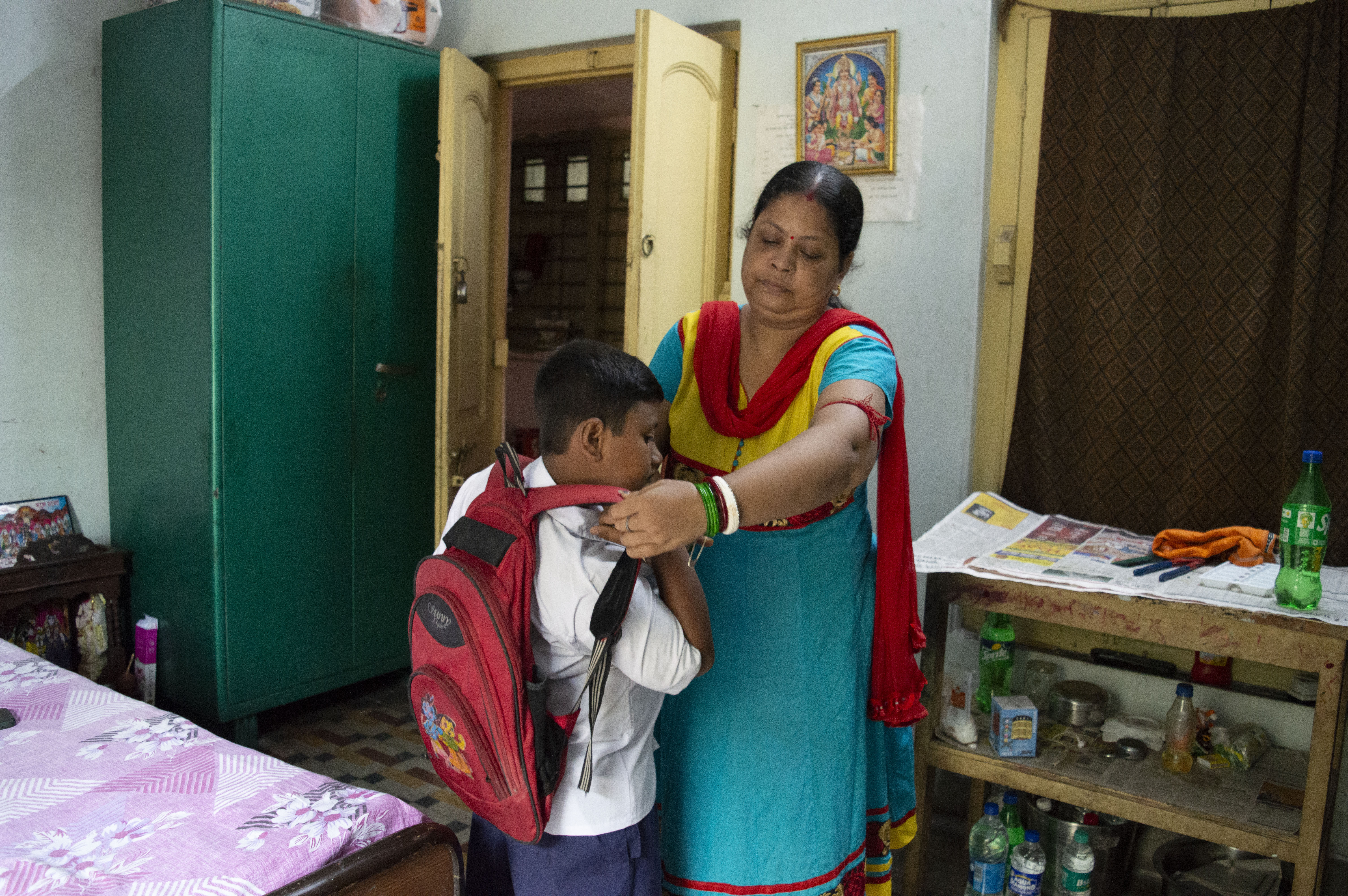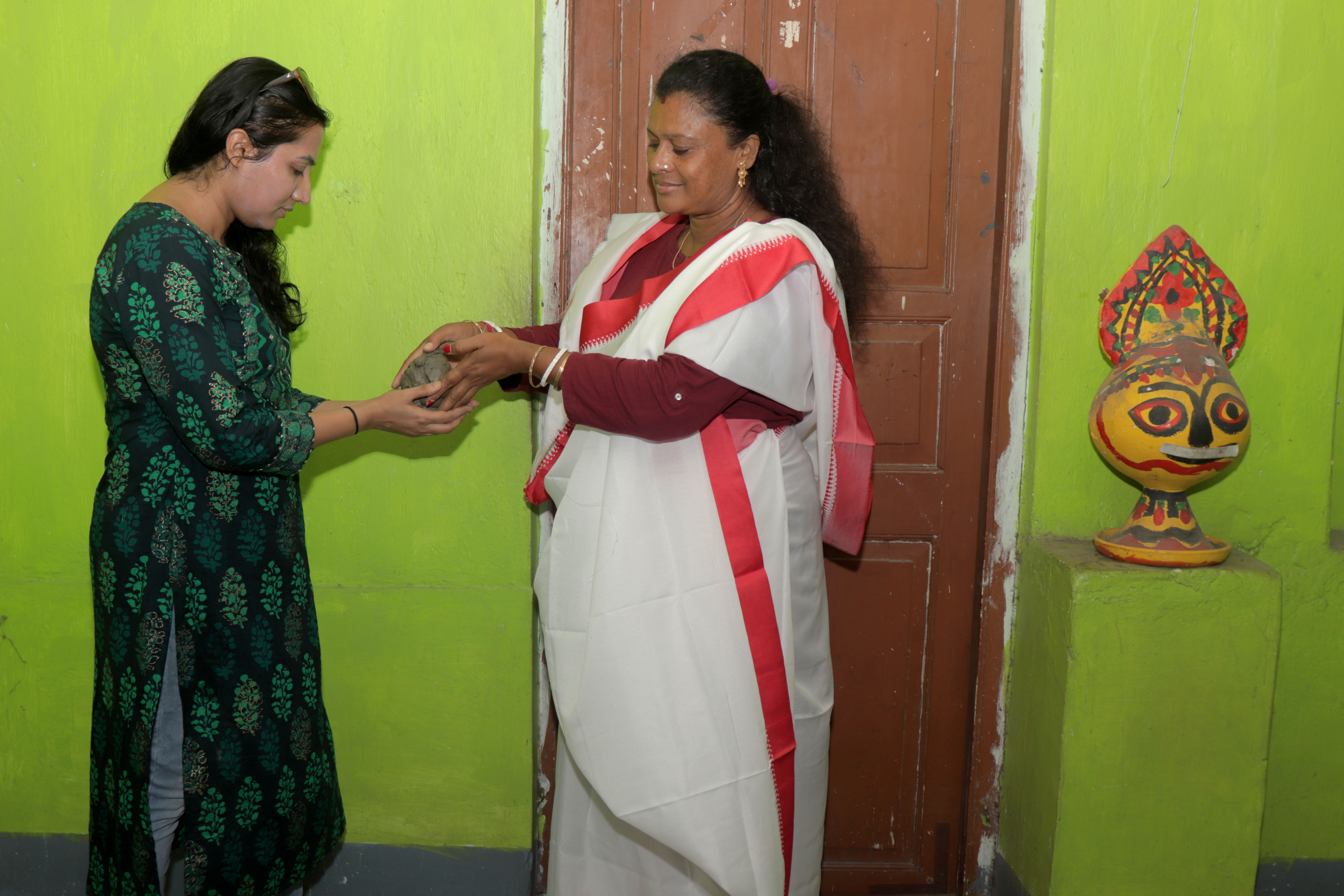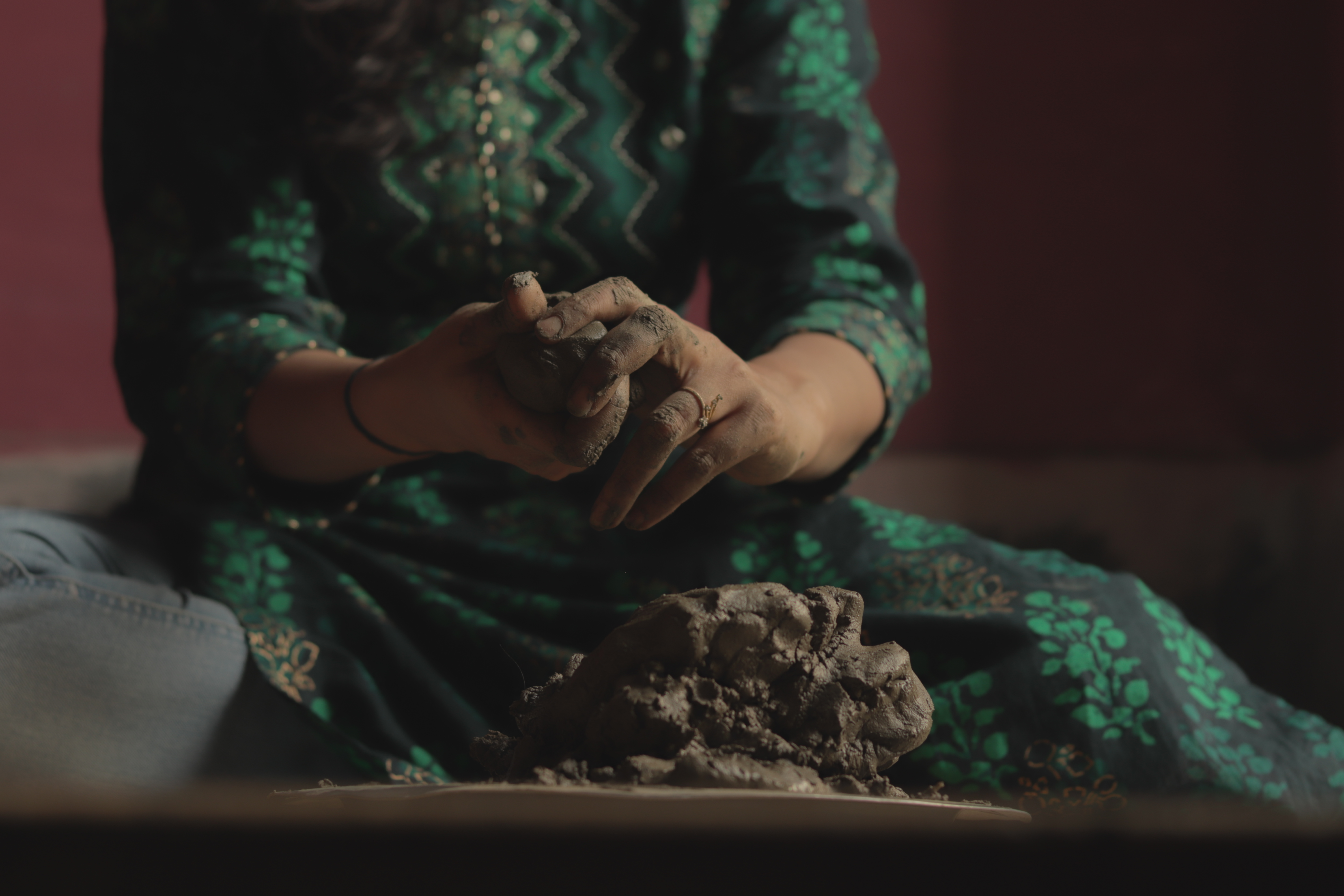Project Description
Durga Pujo is an annual grand public art festival held in Bengal, India, spread and celebrated worldwide by the Bengali diaspora. It is not just a religio-cultural event but has a significant economic impact. According to a report published by the British Council in 2019, the total estimated economic worth of creative industries around Durga Puja is USD 4.53 billion, generating 2.58% of the GDP of West Bengal. Over 3000 huge pandals or temporary abodes for goddess Durga are constructed yearly in Kolkata. Artists, decorators, and builders meticulously assemble the pandal structure, following traditional rituals and integrating contemporary styles and issues. The sculptural image of the Goddess Durga killing Mahisasura, the buffalo demon, is the central figure of each pandal. This mythological occasion symbolizes the eternal battle between Good and Evil, female empowerment, and honoring motherhood. Idol-makers traditionally create Durga sculptures using natural materials such as wood, bamboo, and the quintessential ingredient, soil, from the Ganga river basin. Often, artists illustrate burning issues of society by modernizing the idol. However, the idol-making process always starts with four indispensable elements that are considered purest and pious. One of them is "punya mati," or the sacred soil from the brothel courtyard. According to traditional beliefs, the soil should be begged and received from a sex worker's hand as a gift and blessing. Customarily, idol makers or priests collect the soil. In a sense, such a marginal population becomes integral to Bengal's primary festivity. The philosophy behind this primitive Hindu tradition lies in its inclusivity of this outcast section of society, reminding us that sex workers, who are often mothers, are a crucial part of our community through an event that worships motherhood and femininity. Furthermore, soil, a fundamental and organic factor, binds all of us together since globally, we regard land as our mother; even Maa Durga is dependent on it, made out of it. It also brings mortality to mind; irrespective of our social status, we eventually seep into the soil to become one with Mother Earth, as per Hindu custom. My project, 'Unholy Mothers,' is dedicated to unraveling the dichotomy of Durga Puja, the most auspicious festivity in Bengal. This festival, which celebrates feminine energy and maternity, is inaugurated by sex workers yet ironically excludes them from the community. The ceremony, which should symbolize inclusivity, becomes a stark reminder of the societal stigma attached to these women. Many of them, forced into the profession or victims of human trafficking, are barred from the pandal premises, highlighting the festival's paradox of inclusivity and exclusion.
In 2023, I visited Sonagachhi, one of Asia's and possibly the world's largest and oldest red-light areas. It is in Kolkata, the capital of Bengal, where I grew up. It was like a whole other world in a society where people distrust outsiders and are terrified of cameras. I contacted an NGO named Durbar, which helped me start the project, and I am still in touch with them.
So far, I have created a video that captures a conversation between me and, Shyamoli, a mother of three children who works as a sex worker. I tried to know her as a person and emphasize her identity as a mother, deliberately avoiding questions about her professional life. I have also captured photographs of her and her son, where she is fulfilling her motherly responsibilities. I have also captured a few pictures where I accepted the "Punyomati" from Mallika, also a sex worker, and daubed her face with clay and gave her a makeover to look like the image of Durga. I made a toy mask of Ganesha, Durga's son. I took some pictures of Mallika and her son wearing the Ganesha mask. The project reframes the identity of those who live in brothels, including the children, and points out the religious double standards. I could only scratch the surface of the whole project in one month. I aspire to capture the area during Durga puja, gather the material for my installation works, and assemble it after returning to Canada.
I became a mother in 2022. My culture refers to goddesses as "Maa" or mothers and glorifies the idea of a "good mother." The glimpse of strength and resilience I got in the women I met during the project was awe-inspiring. Their fight to raise their children in such adversity parallels Durga, a warrior. As a mother, I aspire to tell the stories of these mothers to a global audience.
